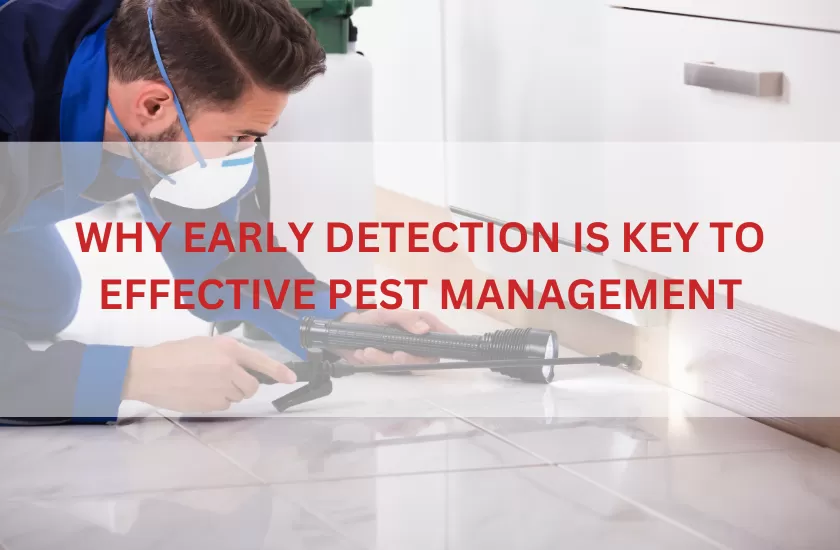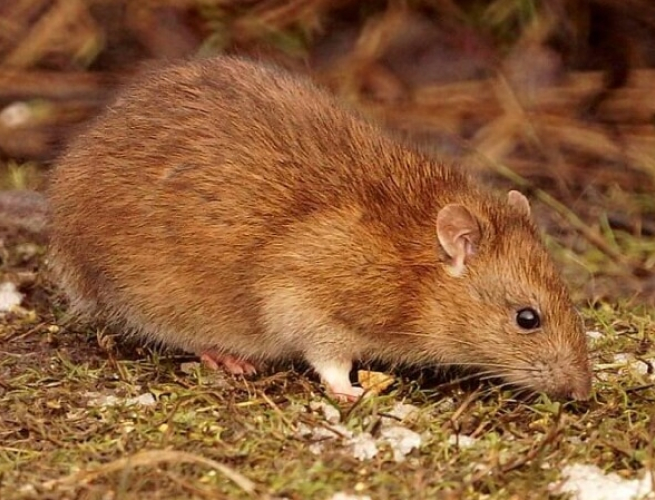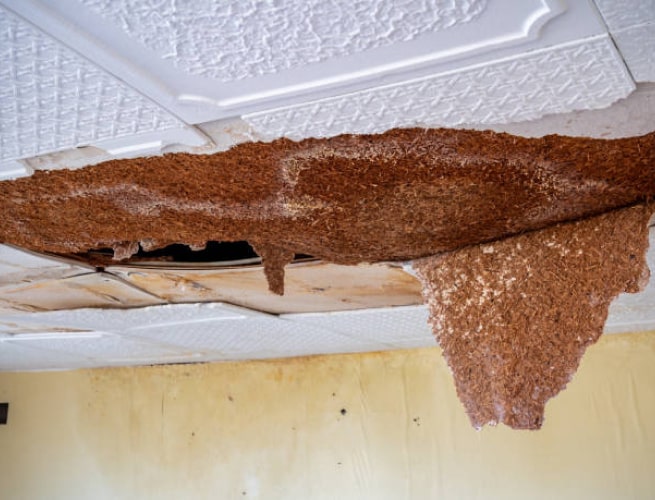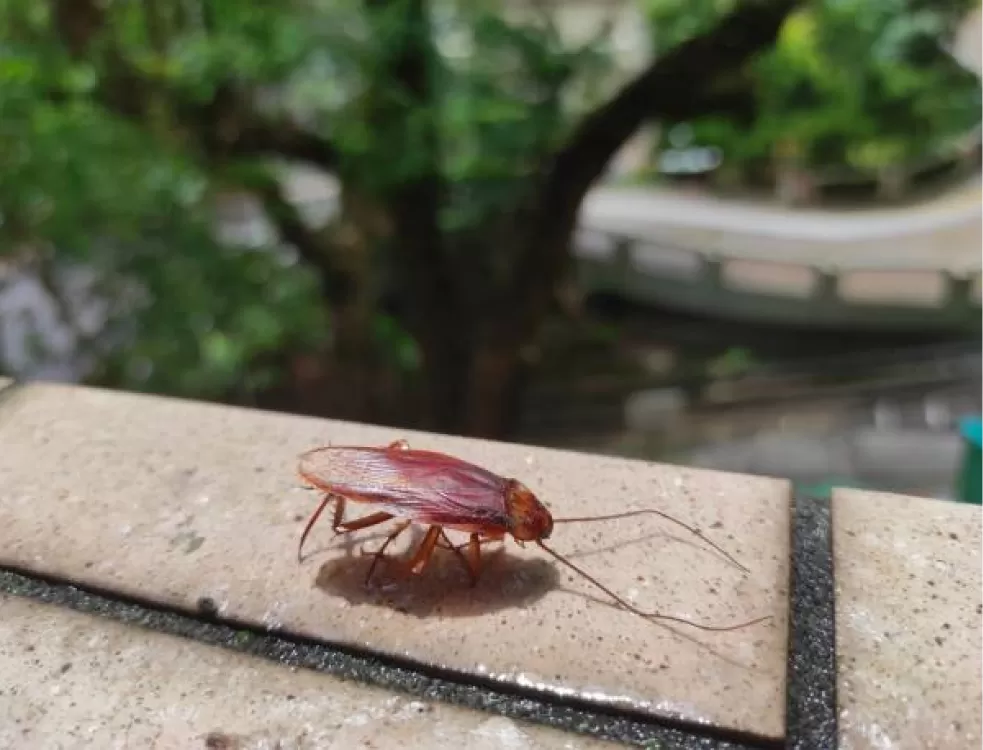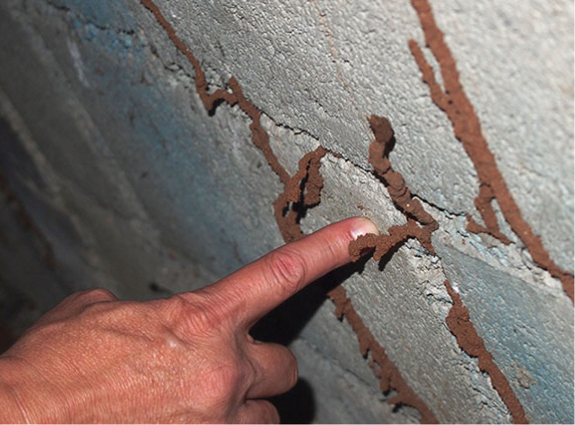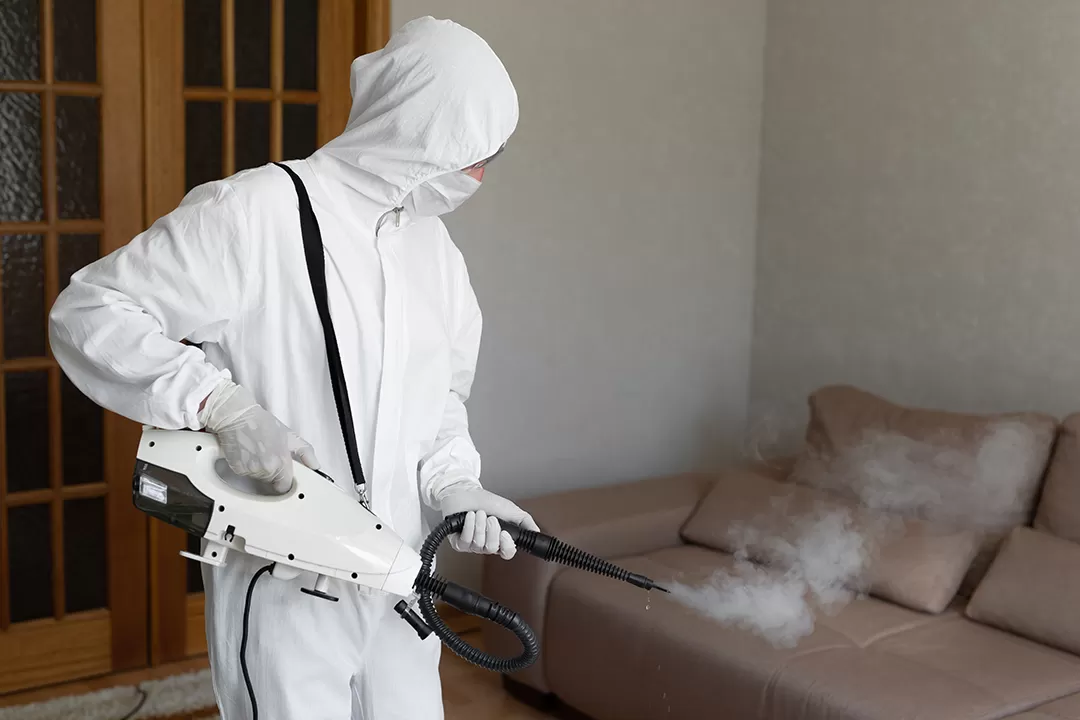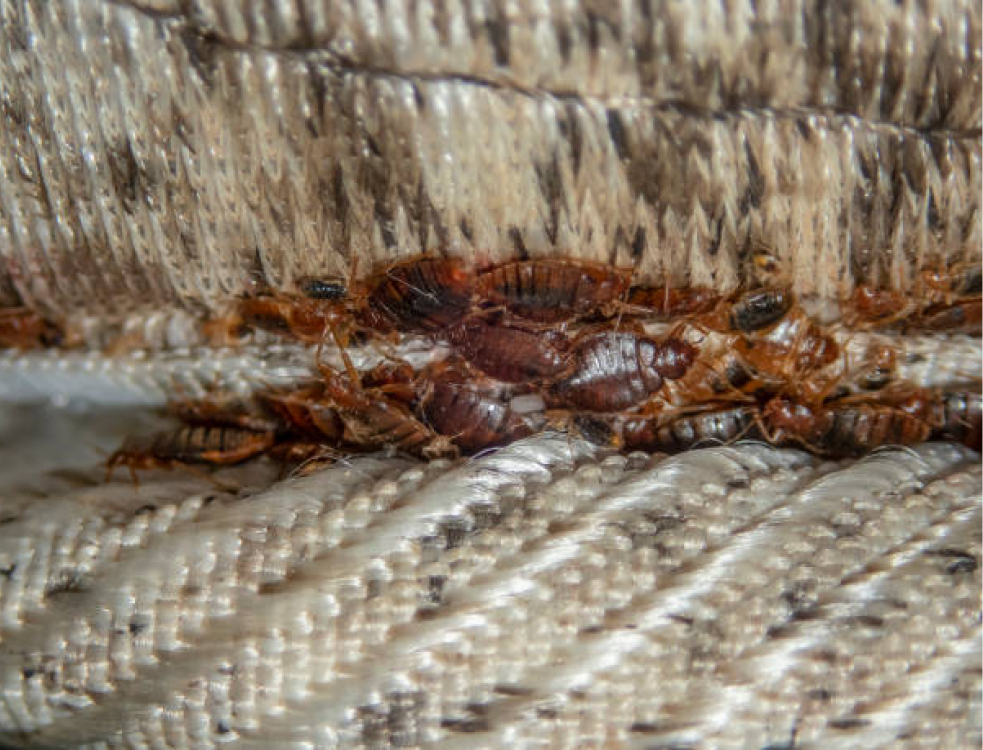Pests have long been a nuisance to homes, farms, and businesses, causing significant damage to properties, food supplies, and the environment. From termites quietly eating away at the structure of homes to aphids decimating crops, the consequences of pest infestations can be costly, both financially and in terms of human health. Early detection of pests, therefore, is crucial to implementing effective pest management strategies, minimizing damage, and preventing infestations from spiraling out of control.
This article will explore the importance of early pest detection, how it can enhance pest management efforts, and the various tools and strategies that can be used to identify infestations before they become major problems.
1. The Hidden Nature of Pests
Many pests are small and elusive, making them difficult to detect in the early stages of an infestation. Termites, for example, can quietly devour the structural wood of a house for months or even years before their presence is noticed. Similarly, bed bugs, cockroaches, and rodents often hide in cracks, crevices, and behind walls, making them hard to spot without a thorough inspection.
The challenge posed by these stealthy pests is that by the time they are discovered, the damage is often severe. Rodents may have already contaminated food stores and termites could have caused irreversible structural damage. Early detection is essential because it can uncover a pest problem before it escalates, preventing extensive damage that may require costly repairs or treatments.
2. Preventing Health Risks
Beyond property damage, pests also pose significant health risks. Mosquitoes and ticks are vectors for diseases such as malaria, West Nile virus, and Lyme disease. Cockroaches are known to carry harmful bacteria like E. coli and Salmonella, which can contaminate food and surfaces, leading to foodborne illnesses. Rodents, such as rats and mice, are notorious for spreading diseases like hantavirus, leptospirosis, and plague through their droppings, urine, and saliva.
When pest infestations are detected early, appropriate control measures can be taken before the pests have the chance to multiply and spread diseases. Early intervention ensures that public health risks are minimized, making it easier to implement targeted pest control strategies that focus on eliminating the infestation without harming the environment or human health.
3. Reducing Costs of Pest Control
The financial impact of a pest infestation can be staggering, especially when an infestation has already reached a critical stage. Pests like termites can cause thousands of dollars worth of damage to wooden structures, while crop pests like aphids, armyworms, and beetles can reduce agricultural yields significantly. The longer an infestation goes undetected, the more damage is caused, and the costlier the extermination and restoration process becomes.
Early detection of pests enables more efficient pest control strategies, often reducing the amount of pesticides or interventions needed. For instance, if a bed bug infestation is detected early, localized heat treatments or targeted pesticide applications may be sufficient to eliminate the pests. However, if the infestation has spread throughout a building, more extensive treatments, including chemical fumigation or large-scale heat treatments, may be necessary, increasing both the complexity and cost of eradication.
4. Minimizing Environmental Impact
Early detection and intervention in pest management allow for more sustainable and environmentally friendly control measures. By catching infestations in their early stages, pest control professionals can often use fewer or more targeted pesticides, reducing the overall impact on the environment. Integrated Pest Management (IPM) strategies, which focus on prevention and the use of non-chemical methods whenever possible, rely heavily on early detection for their success.
For example, if pests like aphids are detected early in a crop, farmers may be able to use biological control methods, such as introducing ladybugs (which are natural predators of aphids), rather than resorting to broad-spectrum insecticides. This reduces the need for chemical treatments that can harm beneficial insects, such as pollinators, and prevents pesticides from contaminating soil and water systems.
5. Limiting the Spread of Infestations
Pests are highly mobile and can quickly spread from one area to another, especially in urban environments where buildings are close together, or on farms where pests can travel from field to field. Once a pest population has become established, it can rapidly reproduce and spread, making containment more difficult and time-consuming.
For instance, a single female German cockroach can produce hundreds of offspring in just a few months. If early detection mechanisms are in place, a pest control professional can intervene before the infestation grows out of hand, containing the problem in one area and preventing it from spreading to neighboring properties. This is particularly important in apartment complexes, hotels, and shared living spaces, where infestations can spread from unit to unit if not addressed promptly.
6. Protecting Food Security
Pest infestations pose a major threat to food security, especially in agricultural settings where they can devastate crops. Early detection in agricultural pest management is vital for ensuring that crops are protected and yields remain high. Crop-damaging pests, such as the boll weevil, locusts, and caterpillars, can wipe out entire fields in a short period if left unchecked.
Through early detection methods like field scouting, pheromone traps, and the use of satellite technology, farmers can monitor their crops for signs of pest activity. Early identification of pests allows farmers to take preventive actions, such as applying pest-resistant crop varieties, using targeted insecticides, or employing biological control agents, which can help save crops and maintain food production.
7. Technological Advances in Early Pest Detection
The development of new technologies has greatly enhanced early pest detection, allowing for more accurate and timely identification of infestations. Remote sensing, for instance, enables farmers and pest control professionals to monitor large areas for signs of pest activity from afar. Infrared cameras, drones, and other tools can detect changes in temperature and moisture that may indicate the presence of termites or other hidden pests.
Other innovations include the use of smart traps, which send real-time data to pest control operators when a pest is captured. In agricultural settings, precision agriculture tools, such as satellite imaging and drones, help farmers identify changes in crop health that may be linked to pest infestations, allowing for swift and targeted responses.
8. Creating a Pest Prevention Culture
Early detection is not just about technology; it’s about creating a culture of pest prevention. Regular pest inspections, routine monitoring, and education about pest behaviors and risks are all integral parts of maintaining effective pest management. Homeowners, business owners, farmers, and property managers must all be proactive in checking for signs of pest activity and taking preventive actions.
Simple measures like sealing cracks in buildings, storing food in airtight containers, keeping areas clean and dry, and regularly inspecting plants can all go a long way in preventing infestations. Encouraging awareness and vigilance is key to ensuring that any pest activity is noticed early, giving people the chance to act before the situation worsens.
Conclusion
Early detection is the cornerstone of effective pest management. Property owners, farmers, and pest control professionals can implement targeted, cost-effective, and environmentally friendly solutions by identifying pests before they become full-blown infestations. The benefits of early detection extend far beyond just saving money on pest control services. It helps to protect property, prevent health risks, ensure food security, and preserve the environment.
As technology continues to evolve, pest detection methods will become even more efficient, allowing for more precise monitoring and control. However, even with these advances, the role of human vigilance and preventive practices remains vital. Developing a proactive approach to pest management and prioritizing early detection will help keep pests at bay and minimize the long-term impacts of infestations.

